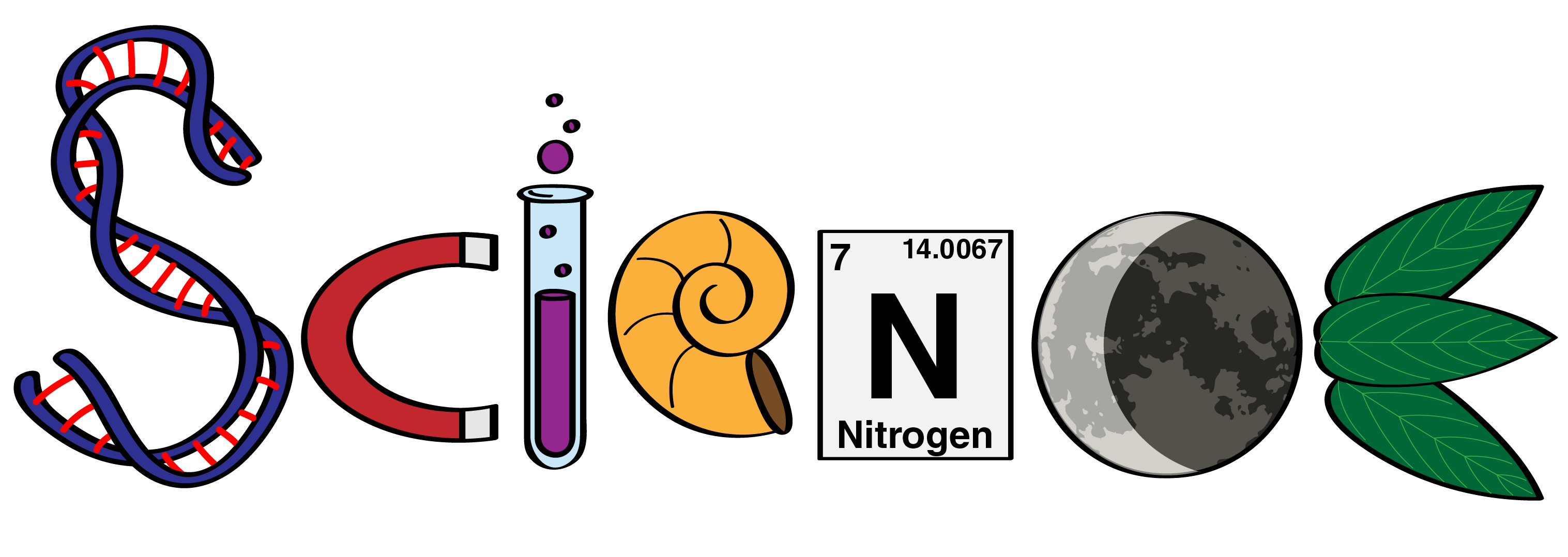What has motivated the scientists to devote their lives to developing the new knowledge?
One realm of answers lies in the desire to improve people's lives. Geneticists trying to understand how certain conditions are passed from generation to generation and biologists tracing the pathways by which diseases are transmitted are clearly seeking information that may better the lives of very ordinary people. Earth scientists developing better models for the prediction of weather or for the prediction of earthquakes, landslides, and volcanic eruptions are likewise seeking knowledge that can help avoid the hardships that have plagued humanity for centuries. Any society concerned about the welfare of its people, which is at the least any democratic society, will support efforts like these to better people's lives.
Another realm of answers lies in a society's desires for economic development. Many earth scientists devote their work to finding more efficient or more effective ways to discover or recover natural resources like petroleum and ores. Plant scientists seeking strains or species of fruiting plants for crops are ultimately working to increase the agricultural output that nutritionally and literally enriches nations. Chemists developing new chemical substances with potential technological applications and physicists developing new phenomena like superconductivity are likewise developing knowledge that may spur economic development. In a world where nations increasingly view themselves as caught up in economic competition, support of such science is nothing less than an investment in the economic future.
Another whole realm of answers lies in humanity's increasing control over our planet and its environment. Much science is done to understand how the toxins and wastes of our society pass through our water, soil, and air, potentially to our own detriment. Much science is also done to understand how changes that we cause in our atmosphere and oceans may change the climate in which we live and that controls our sources of food and water. In a sense, such science seeks to develop the owner's manual that human beings will need as they increasingly, if unwittingly, take control of the global ecosystem and a host of local ecosystems.

Lastly, societies support science because of simple curiosity and because of the satisfaction and enlightenment that come from knowledge of the world around us. Few of us will ever derive any economic benefit from knowing that the starlight we see in a clear night sky left those stars thousands and even millions of years ago, so that we observe such light as messengers of a very distant past. However, the awe, perspective, and perhaps even serenity derived from that knowledge is very valuable to many of us. Likewise, few of us will derive greater physical well-being from watching a flowing stream and from reflecting on the hydrologic cycle through which that stream's water has passed, from the distant ocean to the floating clouds of our skies to the rains and storms upstream and now to the river channel at which we stand. However, the sense of interconnectedness that comes from such knowledge enriches our understanding of our world, and of our lives, in a very valuable way. In recognizing that the light of the sun and the water of a well are not here solely because we profit from their presence, we additionally gain an analogy from which we can recognize that the people in the world around us are not here solely to conform to our wishes and needs. When intangible benefits like these are combined with the more tangible ones outlined above, it's no wonder that most modern societies support scientific research for the improvement of our understanding of the world around us.
Comment below what your ideas are why the society supports the science.
















